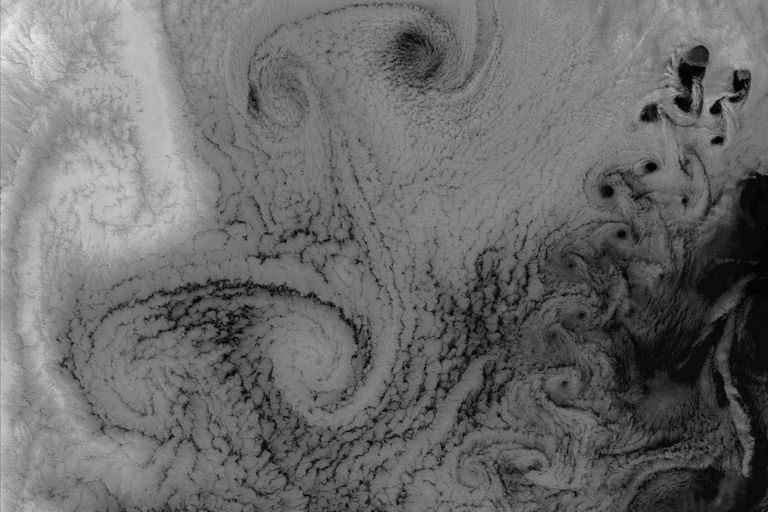Is the Montreal Protocol successful?
Workshop on Stratospheric Ozone

On 16 and 17 March 2004 a workshop on stratospheric ozone was organised at ETH in Zurich, followed by a meeting of the participants of the EU-project CANDIDOZ (Chemical and Dynamical Influences on Decadal Ozone Change). One of the questions addressed was whether the regulation on ozone depleting substances (ODS) through the Montreal protocol and its subsequent amendments is successful to protect the ozone layer. The Montreal protocol was very successful to reduce the emissions of ozone depleting substances (such as chlorofluorocarbons and bromine containing volatile gases) as already shown by tropospheric measurements of ODS in the early 1990s. However, the documentation of the effect of the Montreal protocol on the ozone layer is a much more difficult task, because of the (partially) very long atmospheric lifetimes of ODS and the large natural fluctuations of the stratospheric ozone. The aim of the workshop was to discuss the present knowledge of the long-term changes of stratospheric ozone and the understanding of the dynamical and chemical processes involved.
The workshop was held in honor of Hans Ulrich Dütsch, a former ETH professor and one of the worlds leading ozone scientists who died at the end of last year.
In the different talks, important factors influencing the ozone layer were discussed: the solar cycle and the quasi-biennial oscillation (QBO) which are used as explanatory variables in the assessments of World Meteorological Organization, the temperature of the stratosphere, the height of the tropopause, stratospheric aerosols, tropospheric teleconnection patterns (North Atlantic Oscillation, Arctic Oscillation, West Pacific Pattern) and dynamic wave propagation connecting the troposphere and the stratosphere. Several attempts have been made to compare the effect of these factors to the impact of ozone depleting substances, searching if it is already possible to identify an effect of the reduction of the latter. Results were presented which suggest evidence of such an effect.
The different numerical simulations which have been used to predict the future development of the ozone layer show partially contradictory results: one of the open questions concerns the influence of global warming on the ozone layer, e.g. by cooling of the stratosphere, influencing the polar vortex or changes in circulation schemes. In general it is estimated that the ozone layer will start to recover around 2010 and fully recover around 2050.
For further information please contact
